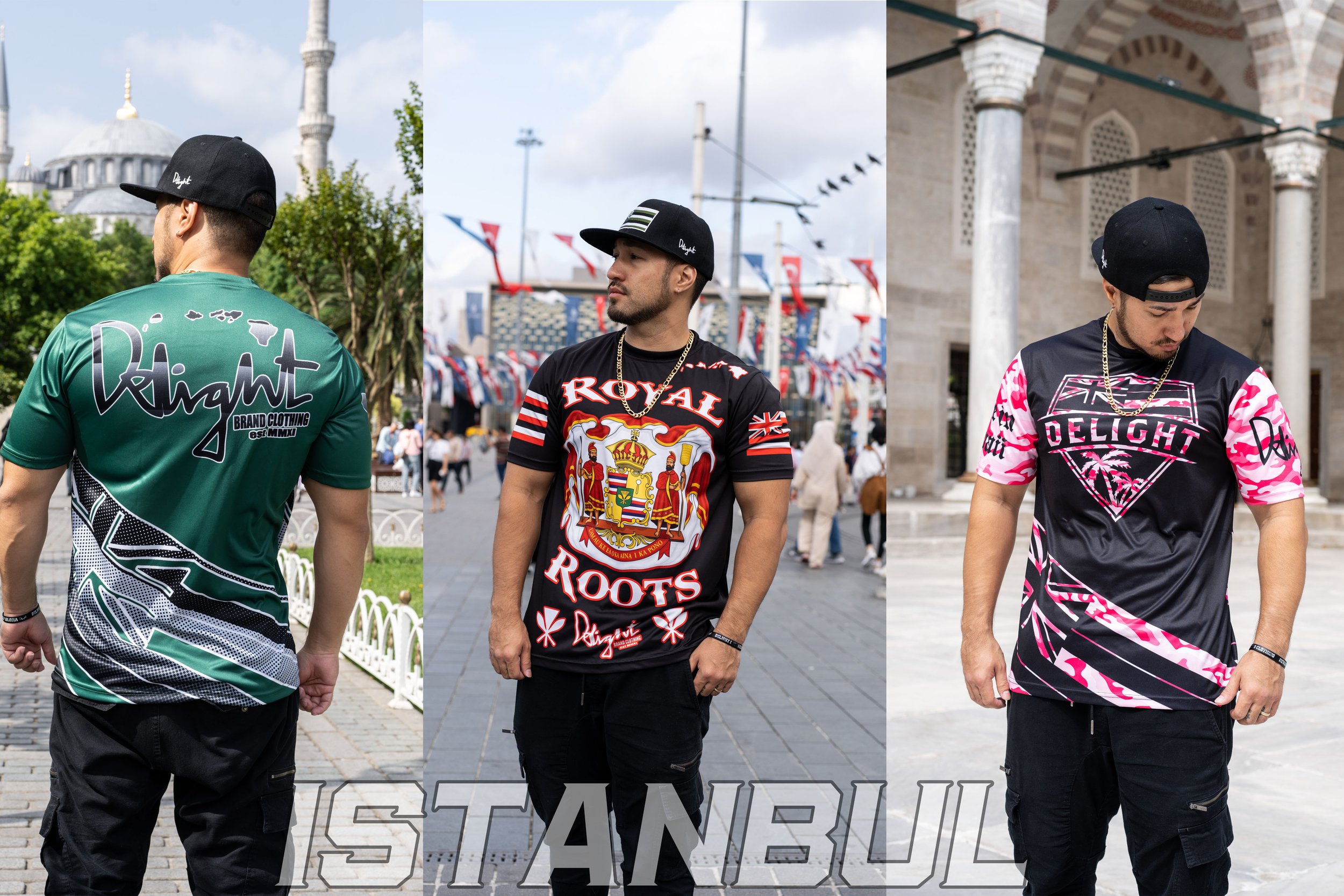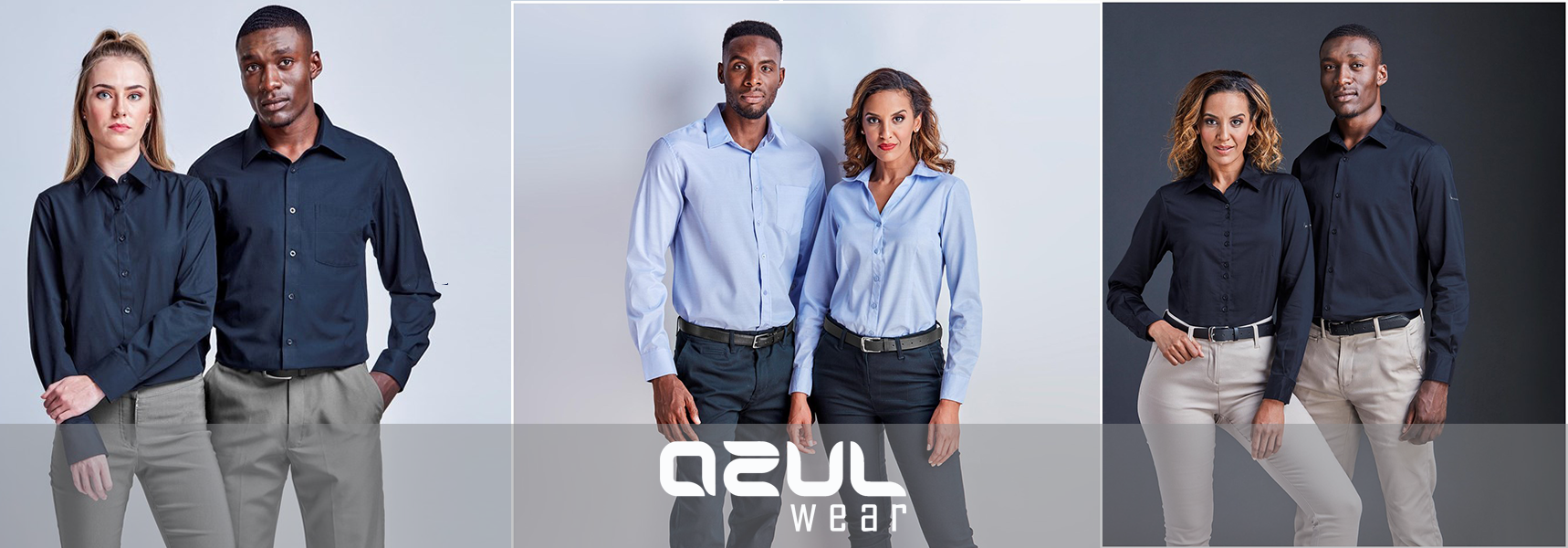The Science Behind Breathability in Branded Clothing Materials
The Science Behind Breathability in Branded Clothing Materials
Blog Article
Recognizing Apparel: The Relevance of Material Selections in Your Wardrobe
The option of textile in garments plays a critical role in both aesthetics and functionality. Various materials provide differing levels of longevity, breathability, and convenience, straight affecting the wearer's experience. Comprehending these subtleties can enhance one's wardrobe markedly. Lots of ignore how these choices can impact not just individual style, however also sustainability. What fabric decisions could redefine your closet and align it with both style and obligation?
The Duty of Material in Style and Functionality

Usual Fabric Kinds and Their Features
When picking clothes, comprehending the features of typical fabric types is important for making educated selections. Cotton, a widely-used all-natural fiber, is known for its convenience, softness, and breathability, making it suitable for casual wear and everyday garments. Linen, another natural option, flaunts excellent moisture-wicking properties and a distinctive texture, perfect for cozy climates.Wool, typically preferred for its warmth and toughness, varies in fineness; merino wool is soft versus the skin, while coarser types are used for outerwear. Synthetic materials like polyester and nylon use longevity and resistance to creases, making them preferred for activewear and travel garments. Lastly, blends, which combine all-natural and artificial fibers, can improve functionality while preserving comfort. By acknowledging these fabric qualities, individuals can pick clothing that lines up with their way of living and aesthetic preferences.
Breathability and Convenience: Choosing the Right Fabrics for Various Climates
Selecting the appropriate materials for numerous environments can greatly improve convenience and overall wearability. Breathable materials are essential in hot environments, as they allow air flow and wetness evaporation. Fabrics such as cotton, bed linen, and moisture-wicking synthetics efficiently attract sweat away from the body, maintaining the user cool and completely dry. On the other hand, in colder climates, thicker materials like woollen or fleece give insulation while retaining breathability, making sure heat without overheating.Additionally, the choice of fabric weight plays an important function; lightweight materials are more suitable for summer, whereas much heavier alternatives are matched for winter wear. Understanding the unique homes of each textile makes it possible for individuals to clothe properly for differing weather condition problems. Eventually, picking breathable and comfy materials tailored to specific environments can substantially boost everyday convenience and enhance the overall experience of wearing clothing.
Sturdiness and Treatment: Just How Textile Affects Longevity of Your Closet
Selecting the right materials can considerably influence the durability and treatment requirements of a closet. Fabrics such as cotton and polyester are known for their resilience and ease of upkeep, making them excellent for daily wear. In contrast, delicate materials like silk and shoelace need even more careful handling and specialized cleansing techniques, which can increase the moment and initiative needed for care. Branded Clothing.Durability is likewise affected by the fabric's weave and coating; snugly woven materials tend to withstand damage much better than loosely woven alternatives. In addition, artificial blends often supply boosted resilience, incorporating the very best high qualities of several fibers.Understanding the treatment instructions for every textile is vital, as improper drying out or cleaning can bring about premature wear. Ultimately, selecting durable materials can cause a longer-lasting closet, decreasing the frequency of substitutes and adding to a much more sustainable style option
The Effect of Fabric on Fit and Shape

Sustainable Material Options: Making Eco-Friendly Decisions
The impact of material expands beyond fit and shape to encompass environmental aspects, triggering a growing interest in sustainable textile selections. Green fabrics, such as organic cotton, hemp, and Tencel, are obtaining traction among customers who focus on sustainability in their wardrobes. These materials are usually created with fewer chemicals and water, decreasing their environmental footprint.Additionally, recycled fabrics, made from post-consumer waste, offer an ingenious service to the fabric industry's air pollution problem. Brands increasingly accept openness in their sourcing methods, permitting customers to make educated decisions concerning their purchases.Choosing lasting textiles not only supports ethical practices however also motivates the fashion business to adopt more liable manufacturing techniques. As awareness of ecological concerns increases, individuals are advised to assess the long-lasting effect of their material selections, fostering an activity in the direction of a much more sustainable and ecologically mindful technique to fashion.
Boosting Design: Exactly How Textile Can Transform an Outfit
While lots of may concentrate on color and cut when choosing an attire, the choice of fabric plays a necessary duty in boosting style and boosting general look. Different products communicate unique moods and messages; for instance, silk emanates luxury and elegance, while jeans provides a laid-back, loosened up vibe. The texture and drape of a textile can dramatically modify the silhouette, with organized fabrics supplying a polished look and softer ones creating a much more fluid, unwinded aesthetic.Moreover, the weight of the material influences wearability throughout periods. Light-weight fabrics like bed linen and cotton are optimal for summer, while much heavier materials such as wool and velour give warmth and elegance in cooler months. Comprehending textile buildings, such as breathability and stretch, also empowers people to make educated options that boost convenience without jeopardizing style. Ultimately, the right fabric can change a clothing from average to extraordinary, making it an important factor to consider in any wardrobe.
Frequently Asked Questions
Just how Do I Identify the Fabric Web Content of My Clothes?
To determine material material, one can analyze treatment labels, conduct burn tests for fiber recognition, or get in touch with textile examples. These techniques aid distinguish products, making sure educated options for apparel treatment and upkeep in day-to-day wear.
Can Material Selection Affect My State Of Mind or Self-confidence?
Textile choice can considerably affect an individual's mood and self-confidence. Branded Clothing. Specific products may stimulate feelings of convenience or style, while others can feel unflattering or restrictive, eventually influencing self-perception and emotional health throughout the day
What Fabrics Are Best for Delicate Skin?
For individuals with delicate skin, natural textiles like bamboo, find linen, and cotton are often advised. These products are breathable, hypoallergenic, and less most likely to trigger inflammation, making them ideal selections for comfort and skin health and wellness.
Exactly how Do I Effectively Laundry and Treatment for Various Fabrics?
To properly care and wash for different textiles, one must consider each material's specific needs, including temperature level setups, cleaning agents, and drying techniques, making certain durability and maintaining the material's initial high qualities for excellent usage.
Are There Specific Fabrics for Athletic or Performance Put On?
Athletic or efficiency wear typically uses textiles such as nylon, spandex, and polyester. These products are created for moisture-wicking, breathability, and versatility, enhancing activity and comfort during exercises while giving sturdiness and support. Conversely, in colder climates, thicker materials like woollen or fleece offer insulation while preserving breathability, ensuring heat without overheating.Additionally, the choice of textile weight plays a crucial role; lightweight textiles are more suitable for summer, whereas much heavier options are fit for winter months wear. In contrast, delicate materials like silk and shoelace call for even more careful handling and specialized cleaning approaches, which can increase the time and initiative required for care.Durability is likewise influenced by the material's weave and surface; securely woven materials tend to resist go wear and tear much better than freely woven choices. In comparison, inflexible fabrics can limit activity however supply a timeless, polished look.Moreover, the thickness and texture of the fabric can affect the visual perception of body shape. The influence of fabric prolongs past fit and shape to encompass ecological variables, prompting a growing passion in lasting textile selections. The texture and drape of a material can significantly alter the silhouette, with structured fabrics offering a polished appearance and softer ones developing a much more fluid, loosened up aesthetic.Moreover, the weight of the fabric influences wearability throughout periods.
Report this page